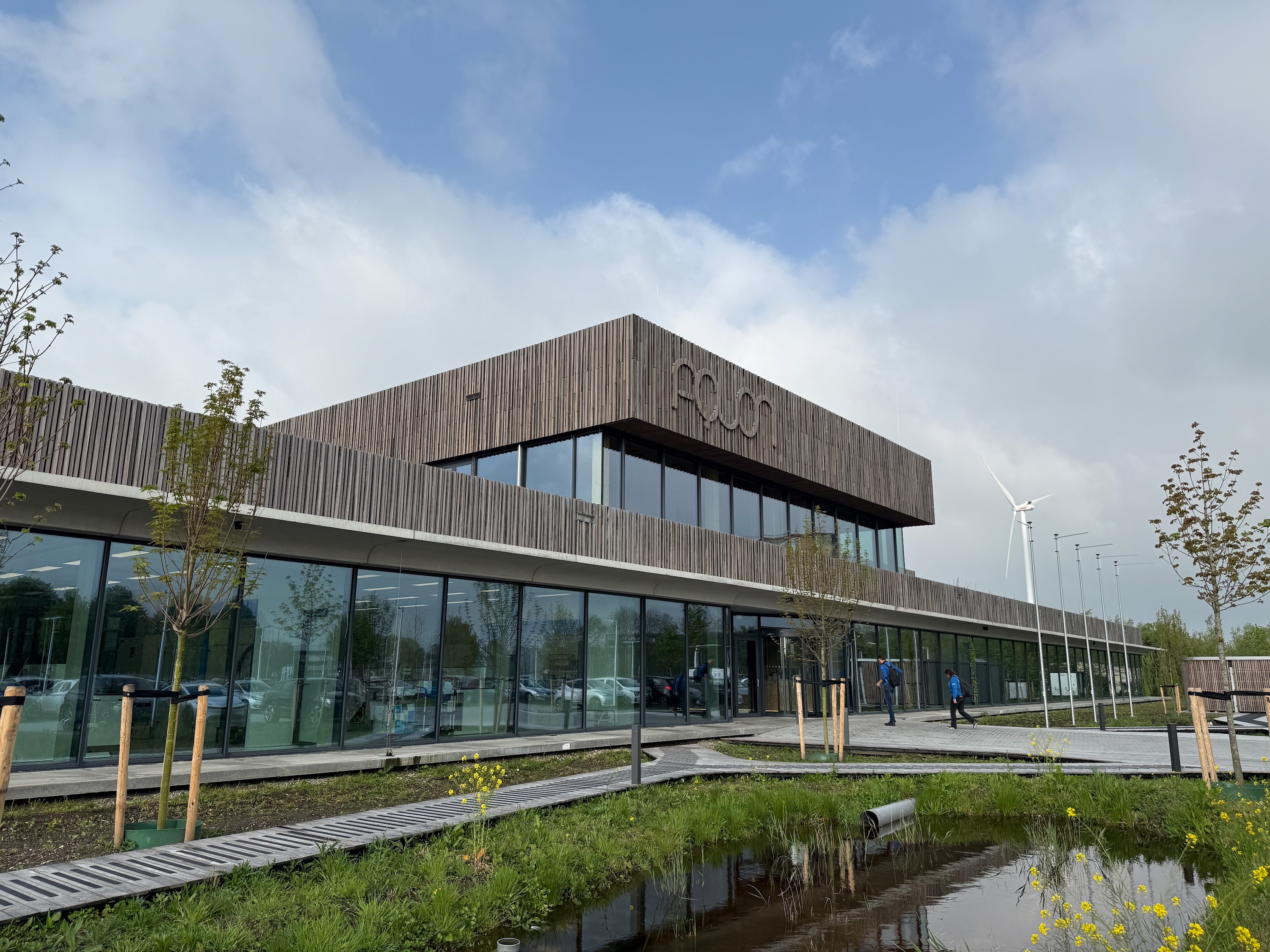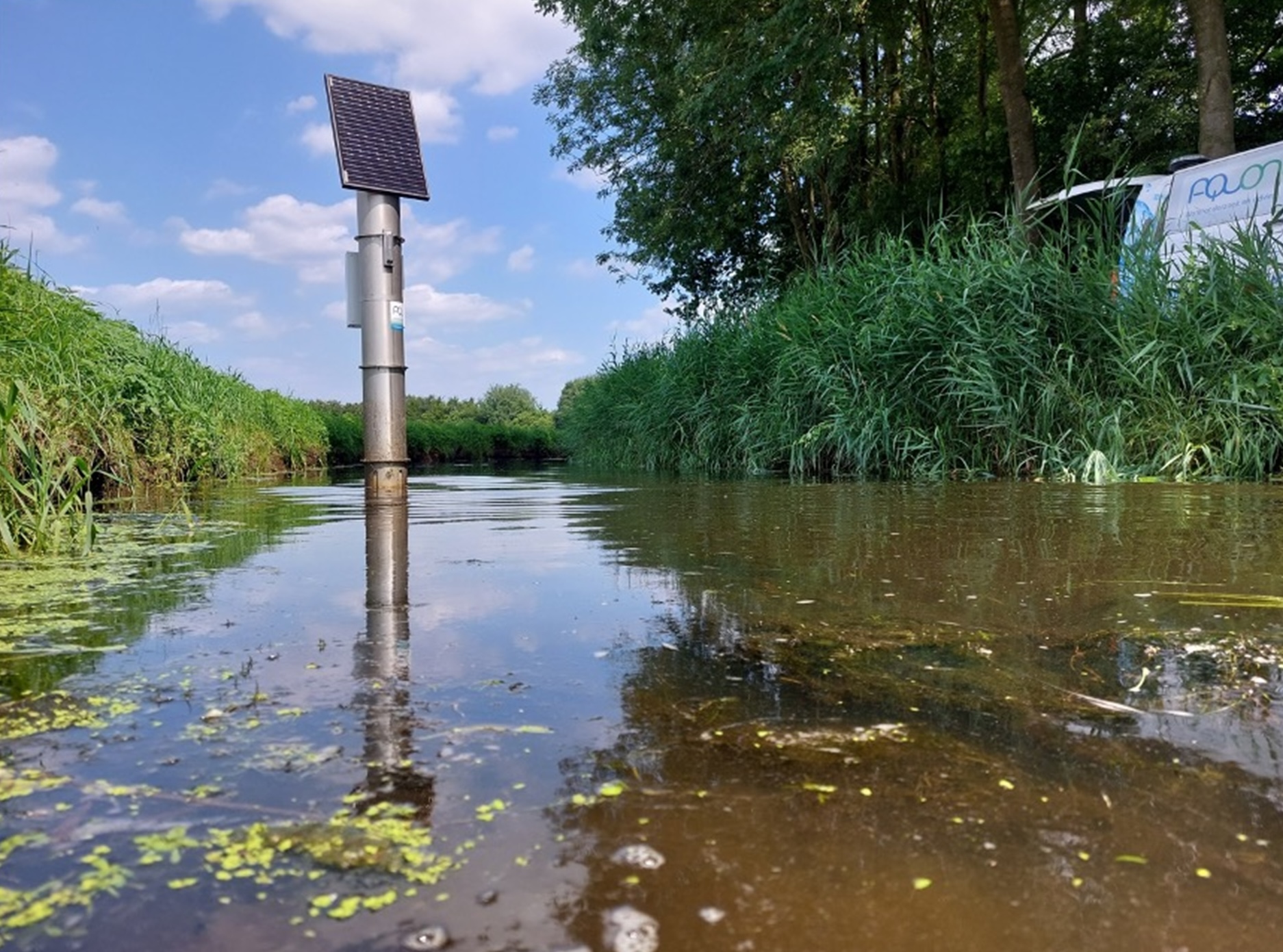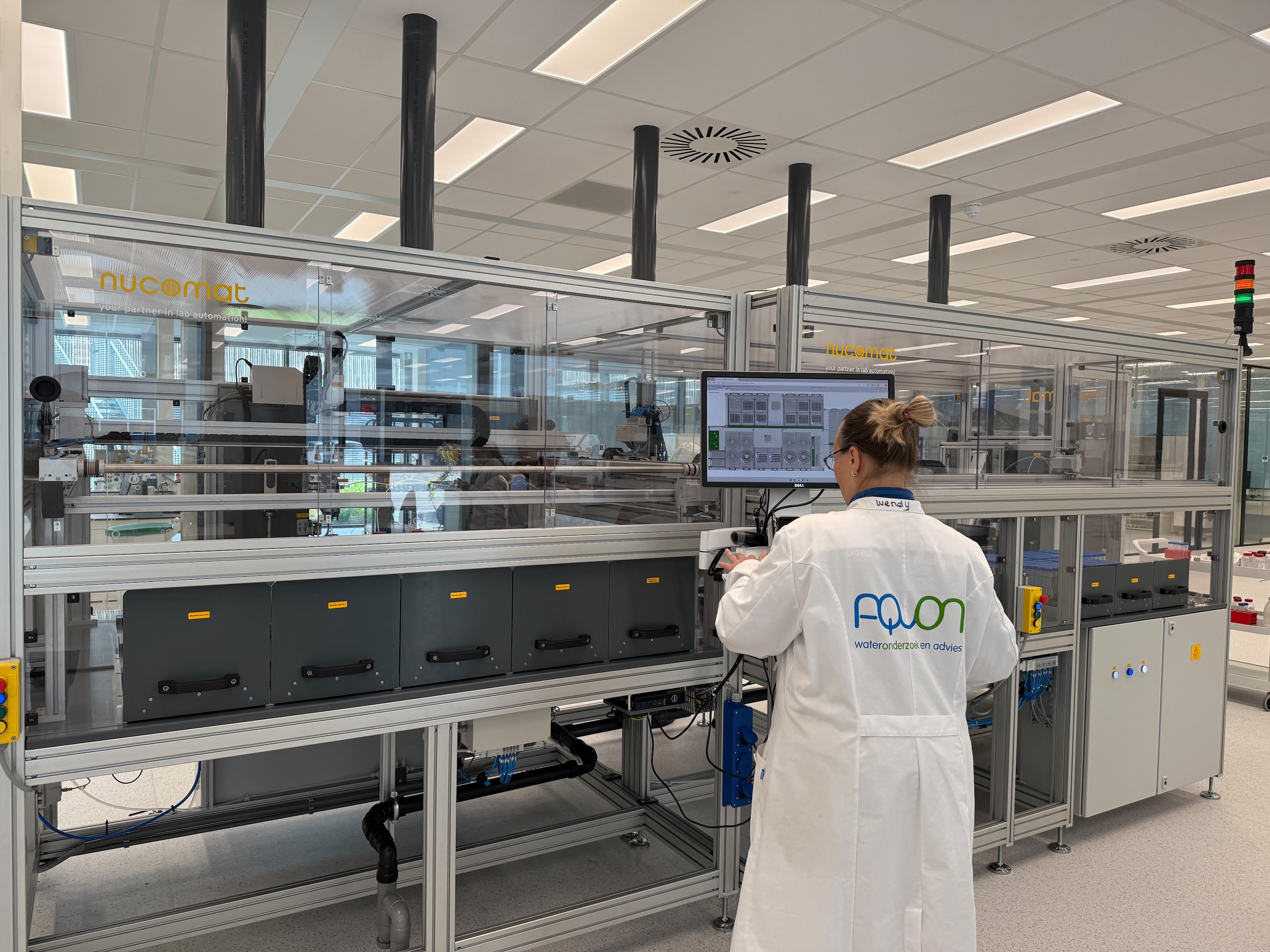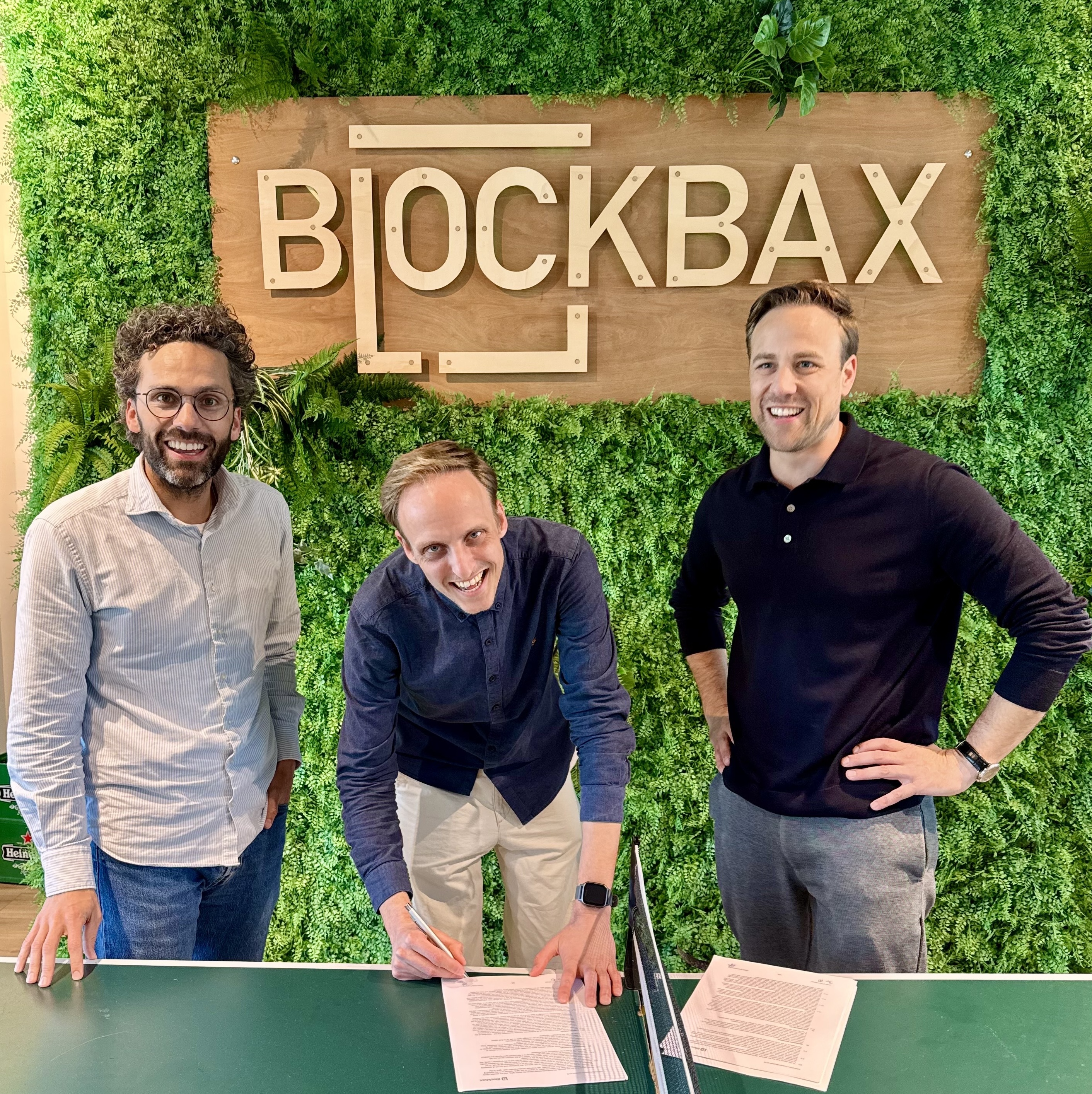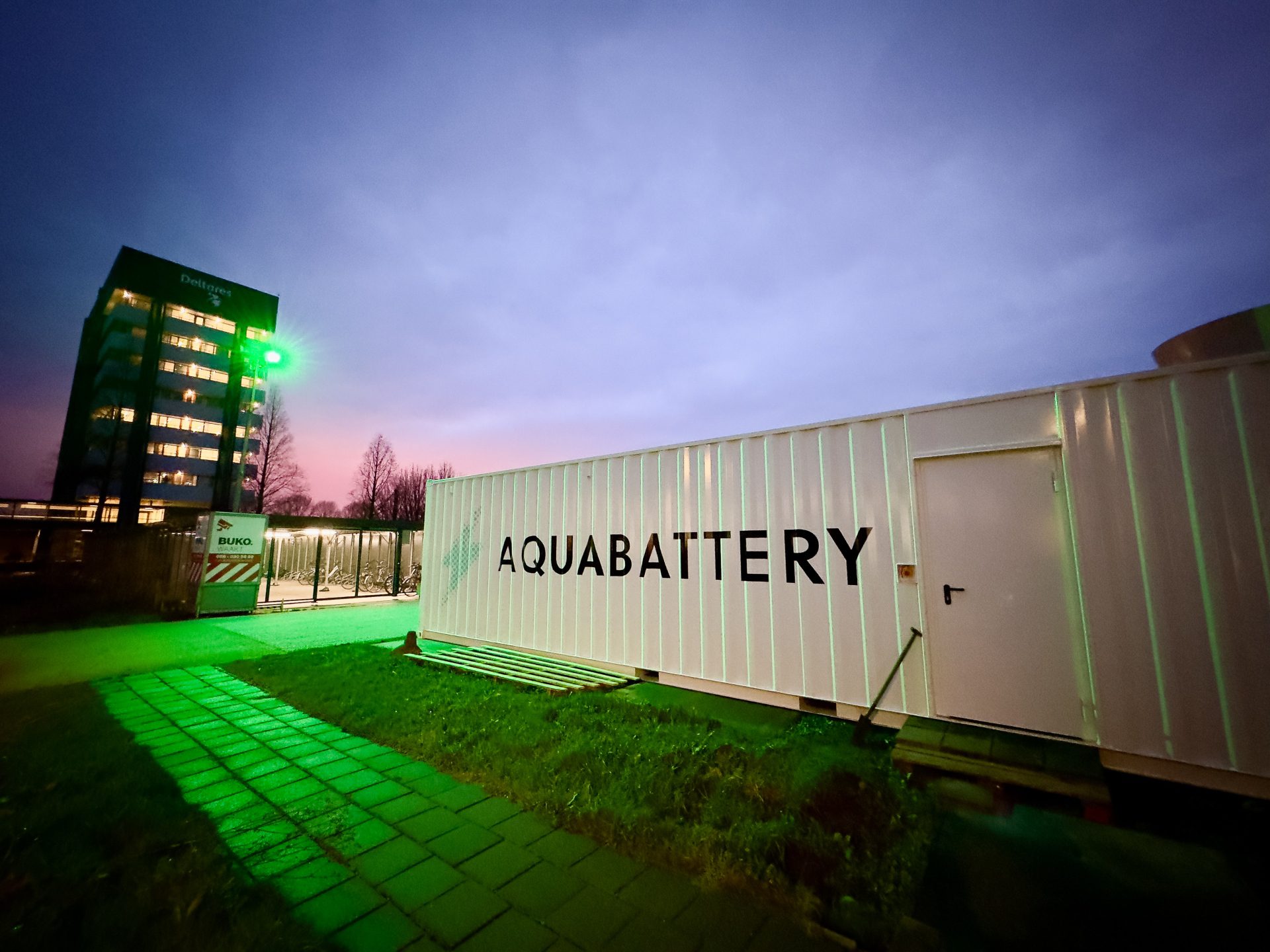June 30, 2025 · 6 min read
A data platform for water authorities: How AQUON is transforming water monitoring
Results so far
- Over 100 active field sensor locations
- Supporting 9 regional water authorities in the Netherlands
- 25% reduction in maintenance costs through fewer site visits
- 50% faster reporting via centralized data access
- Improved transparency for internal teams and water boards
From fieldwork to data-driven chain partner
In 2017, the Brabantse Delta Water Authority took the first major step toward sensor-based monitoring. Projects soon followed at Rijnland and Hollandse Delta, and in 2019, Aa & Maas joined the shift. Around the same time, Niels van Aarle at AQUON launched a small pilot to test whether field sensors could reliably monitor water quality.
What began as a practical enhancement to traditional sampling has since evolved into a structural digital transformation. As sensor use expanded, the need for centralized data management became clear - preventing a proliferation of disconnected platforms. This is where Blockbax stepped in to play a central role in AQUON’s sensor ecosystem.
Today, Niels works full time on sensor monitoring. Together with colleagues from fields such as hydrobiology and chemistry, he delivers validated water quality data to nine water authorities. AQUON provides more than just measurements - it supports interpretation and decision-making. As a chain partner, AQUON bridges advice, execution, and validation.
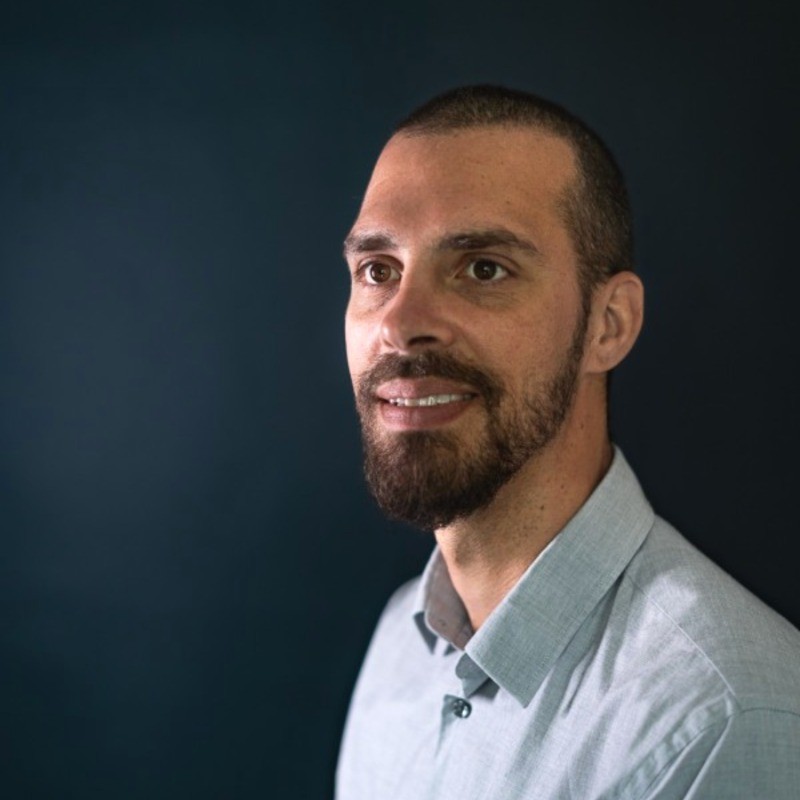
Sander van Eijk
Sensoring Specialist
AQUON Wateronderzoek en Advies
"Data is the new gold - but only if you can collect and use it reliably."
Challenges in Dutch water management
Surface water quality in the Netherlands is under increasing pressure. Contributing factors include nitrogen, PFAS, microplastics, fertilizers, wastewater discharges, pharmaceutical residues, and the growing effects of climate change. At the same time, the 2027 deadline for compliance with the European Water Framework Directive is fast approaching. Water authorities must respond more quickly and precisely to risks, peaks, and disruptions.
AQUON supports this challenge with over 100 active sensor locations across different water boards. Traditional methods - sampling bottles, lab analyses, and retrospective reporting - still hold value, but are limited in an era that demands speed, precision, and collaboration. Sensors are a powerful complement: they deliver real-time data, can be remotely operated, and are ideal for rapid response - provided the data streams are well managed and validated.
Transparency and collaboration through a centralized platform
AQUON uses the Blockbax platform to centrally manage all water monitoring data. This includes raw measurements, automatically validated data, and aggregated insights. Everyone involved - from lab staff and technicians to policy advisors - works with the same up-to-date information.
Maintenance events, anomalies, validations, and reporting are all linked and made accessible. This creates transparency, speeds up response times, and strengthens control over data quality.
Practical applications include:
- Detecting pollution at overflow locations
- Managing inflows based on salinity and oxygen readings
- Enforcing discharge limits in agricultural and horticultural areas
- Monitoring wastewater treatment plants and nitrous oxide emissions
- Tracking oxygen depletion and algal blooms during summer periods
Smarter and more sustainable monitoring
Sensors don’t fully replace lab work but enable much more frequent and targeted measurements. AQUON is developing intelligent algorithms to detect unusual sensor behavior. This enables condition-based maintenance - service based on actual sensor status rather than fixed intervals. Remote control further reduces physical site visits, resulting in time savings, lower costs, and a significantly reduced environmental footprint.
Sustainability is also a factor in equipment choices. AQUON uses modular stainless steel housings designed for durability and easy relocation. Wherever possible, materials are sourced sustainably or recycled. The sensors monitor key indicators such as nitrogen, ammonium, and blue-green algae - critical parameters in the context of the nitrogen crisis, climate adaptation, and the demand for clean, reliable water.
Looking ahead: Fewer errors, more prediction
AQUON is currently exploring how to logically integrate the Blockbax platform with its internal Asset Management System (AMS). Smarter connections between systems will link maintenance records with sensor data in meaningful ways. For example: visualizing service events directly in the data timeline, or attaching photos, validation scripts, and contextual information.
This approach makes relevant data more accessible for both field teams and policy stakeholders - helping to build a shared foundation for efficient collaboration and long-term decision-making. In addition, AQUON is looking ahead to the application of predictive models and machine learning. By combining historical data series with contextual information - such as location, weather, and infrastructure patterns - risks, anomalies, and maintenance needs can be detected earlier. This not only prevents failures, but also supports smarter, more proactive water governance.

Sander van Eijk
Sensoring Specialist
AQUON Wateronderzoek en Advies
"We want fewer trips, less downtime, and more insight. That’s how we help make Dutch water cleaner and better managed."
The next step
AQUON proves that it’s possible to combine technology, domain knowledge, and collaboration into a forward-looking approach. The transition to data-driven operations is not a final destination, but a path of continuous growth. And with Blockbax as the enabling platform, that growth can be sustainable, scalable, and insight-driven.
Want to learn how your organization can take the next step in data-driven operations? Feel free to reach out to us.
